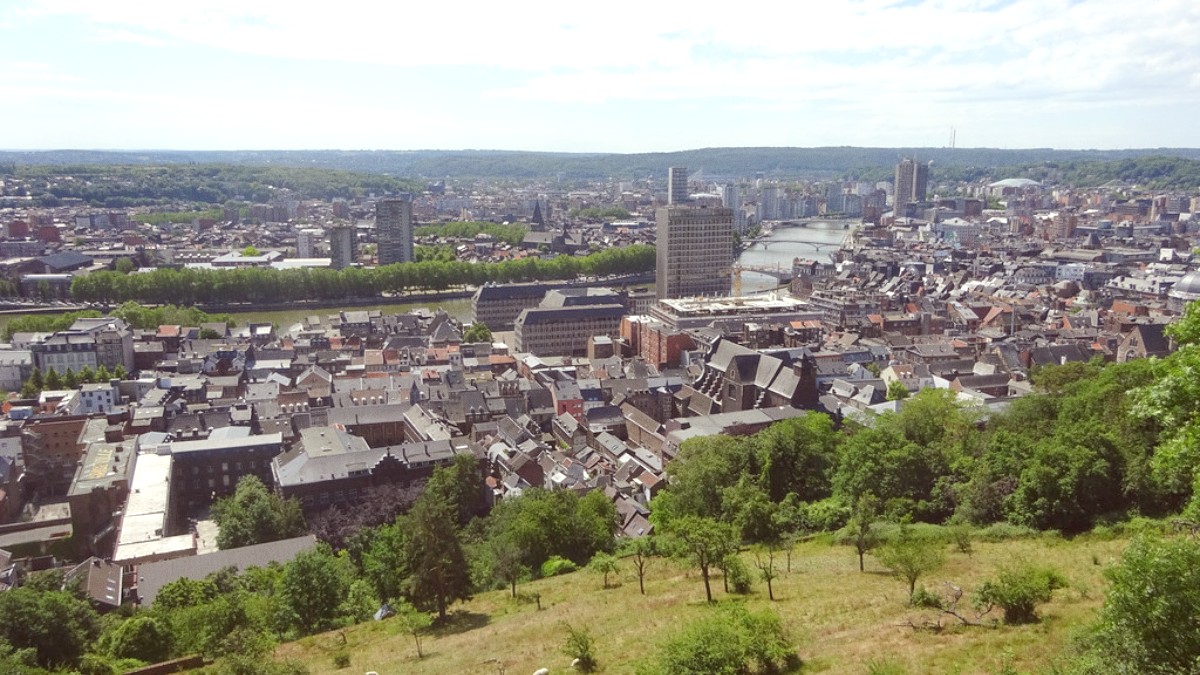
Wallonia, Belgium
These must-visit sites carry significant historical and cultural weight.
The Palace of the Prince-Bishops, Montagne de Bueren, Liège-Guillemins Railway Station, Cathédrale Saint-Paul, and Collegiate Church of Saint Bartholomew each contribute to the city's identity.
These spots reveal a more intimate side of Liège.
Interactive science museum, suitable for families.
Combines a public aquarium with a natural history museum.
One of Belgium's four opera houses; full season of opera, operetta, classical concerts.
Major performing arts venue for contemporary theater, dance, multidisciplinary arts.
Smaller independent galleries throughout the city feature contemporary Belgian artists.
Liège's long and often tumultuous history is clear in its historical sites, from ancient ruins to industrial heritage.
Underground museum beneath Place Saint-Lambert. Displays archaeological remains from prehistoric traces to Roman villas and former cathedrals.
Charming historic quarter with narrow streets, hidden impasses (cul-de-sacs with communal courtyards), and ancient houses. A strong sense of medieval Liège.
Island district with a distinctive character, traditional houses, local pubs, and a strong sense of community. Reflects an authentic Liègeois way of life.
A mix of architectural styles, including medieval remnants, elegant 18th-century neoclassical buildings, and modern structures, illustrating the city's ongoing development.
Cathédrale Saint-Paul and Collégiale Saint-Barthélemy are . Other churches like Saint-Jacques-le-Mineur (Gothic architecture, stained glass) are also noteworthy.
Perron on Place du Marché symbolizes Liège's historical liberties. Memorial Interallié on Citadel hill commemorates WWI soldiers.
Liège has a strong industrial past, notably in coal mining and steel. The region's history as an industrial hub is evident in its preserved sites.
A UNESCO World Heritage site, about 20 km from Liège. This former coal mine is now a museum where you can take an underground tour with a former miner, seeing the region's mining heritage.
Citadel of Liège: Largely in ruins, its hill offers panoramic views and hosts the Inter-Allied Memorial. Fort de Loncin: A powerful memorial to WWI resistance, with guided tours.
While a city of industry and history, Liège also has pleasant green spaces and connections to the natural beauty of the Meuse valley.
Liège's green spaces and elevated points showcase its natural charm.
The Meuse River forms a part of Liège's natural setting, connecting the city to the wider Ardennes landscape.
Beyond well-known attractions, Liège holds charming hidden gems that present a more local experience.
New spaces and existing landmarks provide fresh perspectives for capturing Liège's charm.
Effective planning maximizes your sightseeing experience in Liège.
Consider grouping attractions by location to minimize travel time between sites.
With so much to see, a good strategy helps you enjoy Liège's attractions fully.
Liège's public transport system is efficient for reaching attractions further afield.
Guided tours present an excellent way to gain insights into Liège's history and culture.
Liège's city center has many pedestrian-friendly areas, but some historic districts include cobblestones and hills.
Don't rush your visit. Liège reveals its charm at a relaxed pace.
Taking time to explore a hidden impasse or a quiet church courtyard often creates the most memorable moments.
Liège serves as a gateway to broader Wallonia, with several distinguished sites just outside its immediate boundaries.
The Ardennes region, a short drive from Liège, presents rugged natural beauty and outdoor activity options.
Charming towns and historically significant sites are within easy reach for day trips.
A UNESCO World Heritage site, approximately 20 km from Liège, providing insight into the region's coal mining past.
A poignant and educational visit for those interested in industrial heritage.
One of Europe's largest and most beautiful cave systems, located about an hour's drive south of Liège.
Combine a visit to the caves with the adjacent Wildlife Park for a full day out.
The town of Rochefort, also in the Ardennes, is home to one of Belgium's famous Trappist breweries.
Enjoy the local atmosphere and taste some of Belgium's finest brews.
Many of these regional sites are best accessed by car. Public transport links may exist but can be less direct or frequent.
Consider combining a natural site (like a cave or forest walk) with a cultural one (a town or museum) for a varied day trip.
Check opening hours and booking requirements for specific attractions, especially during off-peak seasons.